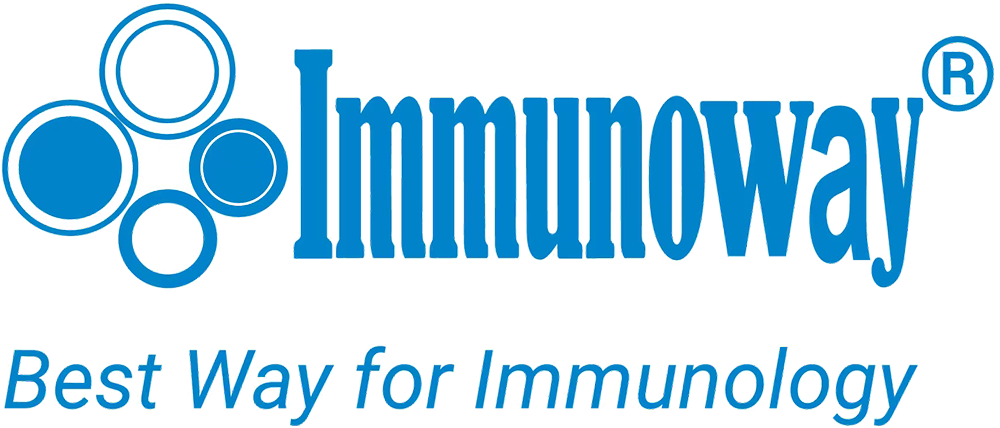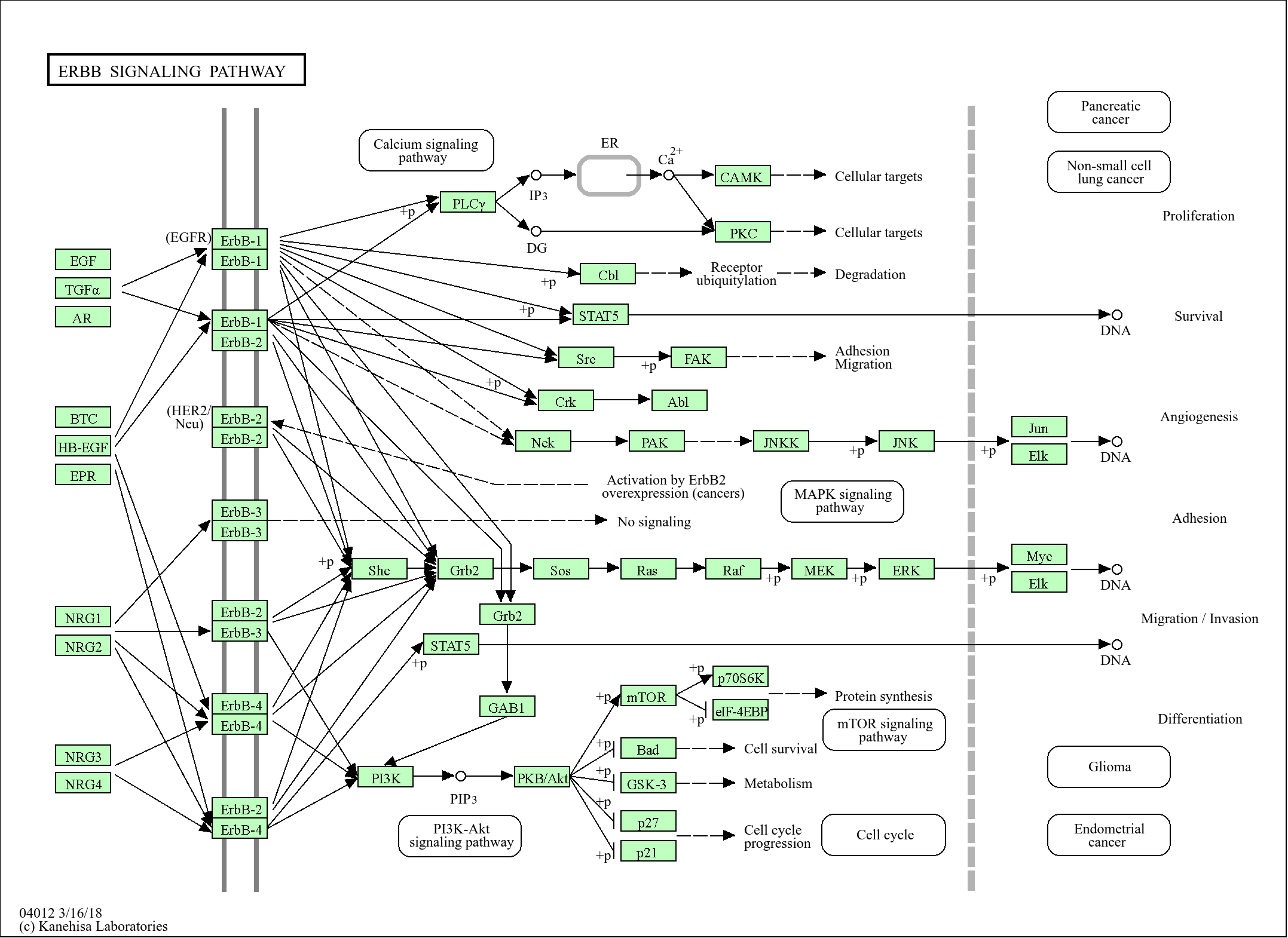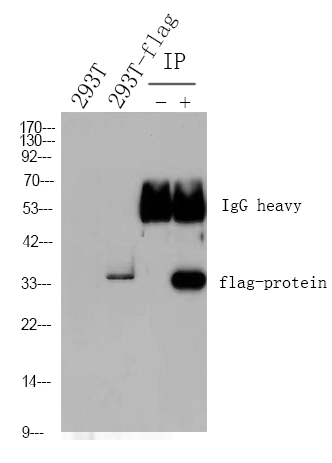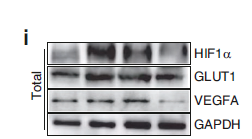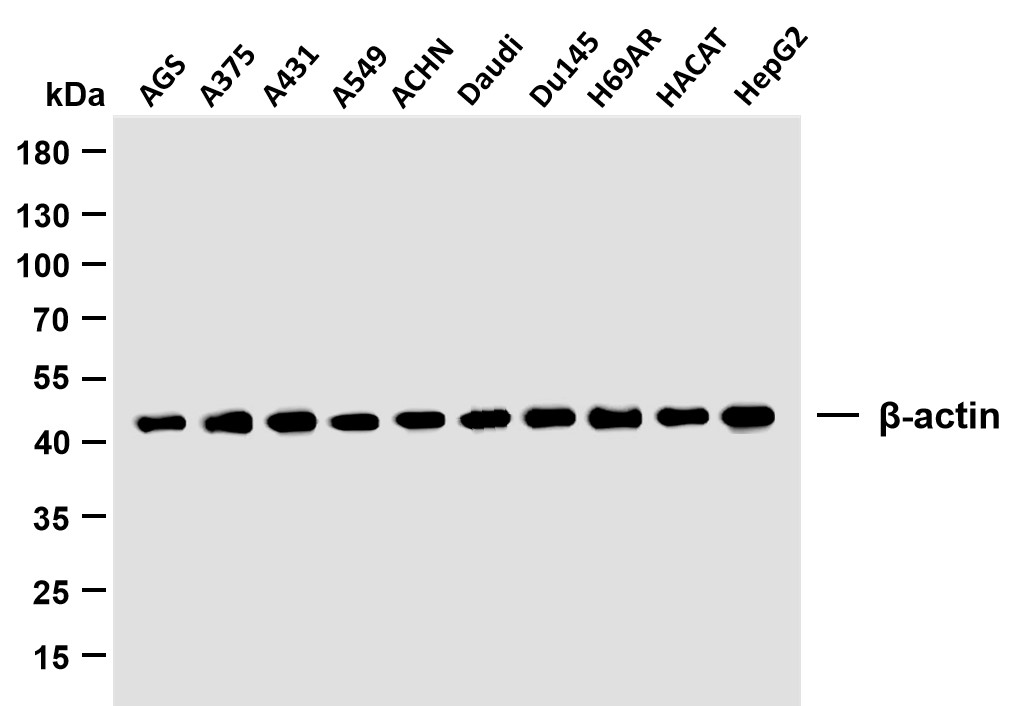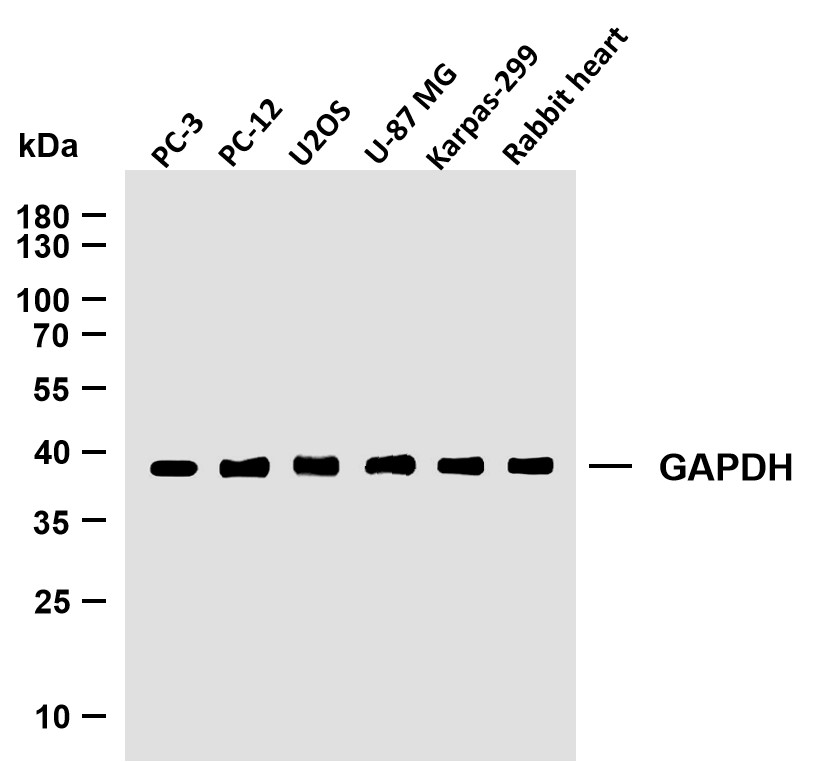
Catalog: YN3225
Size
Price
Status
Qty.
200μL
$450.00
In stock
0
100μL
$280.00
In stock
0
40μL
$150.00
In stock
0
Add to cart


Collected


Collect
Main Information
Target
IL1AP
Host Species
Rabbit
Reactivity
Human, Mouse, Rat
Applications
WB
MW
65kD (Observed)
Conjugate/Modification
Unmodified
Detailed Information
Recommended Dilution Ratio
WB 1:500-2000
Formulation
Liquid in PBS containing 50% glycerol, 0.5% BSA and 0.02% sodium azide.
Specificity
This antibody detects endogenous levels of IL1AP at Human/Mouse/Rat
Purification
The antibody was affinity-purified from rabbit antiserum by affinity-chromatography using epitope-specific immunogen.
Storage
-15°C to -25°C/1 year(Do not lower than -25°C)
Concentration
1 mg/ml
MW(Observed)
65kD
Modification
Unmodified
Clonality
Polyclonal
Isotype
IgG
Related Products
Antigen&Target Information
Immunogen:
Synthesized peptide derived from human IL1AP AA range: 213-263
show all
Specificity:
This antibody detects endogenous levels of IL1AP at Human/Mouse/Rat
show all
Gene Name:
IL1RAP C3orf13 IL1R3
show all
Protein Name:
IL1AP
show all
Other Name:
Interleukin-1 receptor accessory protein ;
IL-1 receptor accessory protein ;
IL-1RAcP ;
Interleukin-1 receptor 3 ;
IL-1R-3 ;
IL-1R3 ;
IL-1 receptor accessory protein ;
IL-1RAcP ;
Interleukin-1 receptor 3 ;
IL-1R-3 ;
IL-1R3 ;
show all
Database Link:
Background:
Interleukin 1 induces synthesis of acute phase and proinflammatory proteins during infection, tissue damage, or stress, by forming a complex at the cell membrane with an interleukin 1 receptor and an accessory protein. This gene encodes the interleukin 1 receptor accessory protein. The protein is a necessary part of the interleukin 1 receptor complex which initiates signalling events that result in the activation of interleukin 1-responsive genes. Alternative splicing of this gene results in two transcript variants encoding two different isoforms, one membrane-bound and one soluble. The ratio of soluble to membrane-bound forms increases during acute-phase induction or stress. [provided by RefSeq, Nov 2009],
show all
Function:
Function:Mediates interleukin-1-dependent activation of NF-kappa-B. Isoform 1 is part of the membrane-bound form of the IL-1 receptor. Signaling involves formation of a ternary complex containing IL1R1, TOLLIP, MYD88, and IRAK1 or IRAK2. Isoform 2 modulates the response to interleukins by associating with soluble IL1R1 and enhancing interleukin-binding to the decoy receptor.,induction:Phorbol ester treatment causes down-regulation of isoform 1 and induction of isoform 2.,similarity:Belongs to the interleukin-1 receptor family.,similarity:Contains 1 TIR domain.,similarity:Contains 3 Ig-like C2-type (immunoglobulin-like) domains.,tissue specificity:Detected in liver, skin, placenta, thymus and lung.,
show all
Cellular Localization:
[Isoform 1]: Cell membrane; Single-pass type I membrane protein.; [Isoform 2]: Secreted.; [Isoform 3]: Secreted.
show all
Research Areas:
>>MAPK signaling pathway ;
>>Cytokine-cytokine receptor interaction ;
>>Th17 cell differentiation ;
>>Inflammatory mediator regulation of TRP channels
>>Cytokine-cytokine receptor interaction ;
>>Th17 cell differentiation ;
>>Inflammatory mediator regulation of TRP channels
show all
Signaling Pathway
Organismal Systems >> Immune system >> Th17 cell differentiation
Organismal Systems >> Sensory system >> Inflammatory mediator regulation of TRP channels
Environmental Information Processing >> Signal transduction >> MAPK signaling pathway
Environmental Information Processing >> Signaling molecules and interaction >> Cytokine-cytokine receptor interaction
Reference Citation({{totalcount}})
Catalog: YN3225
Size
Price
Status
Qty.
200μL
$450.00
In stock
0
100μL
$280.00
In stock
0
40μL
$150.00
In stock
0
Add to cart


Collected


Collect
Recently Viewed Products
Clear allPRODUCTS
CUSTOMIZED
ABOUT US
Toggle night Mode
{{pinfoXq.title || ''}}
Catalog: {{pinfoXq.catalog || ''}}
Filter:
All
{{item.name}}
{{pinfo.title}}
-{{pinfo.catalog}}
Main Information
Target
{{pinfo.target}}
Reactivity
{{pinfo.react}}
Applications
{{pinfo.applicat}}
Conjugate/Modification
{{pinfo.coupling}}/{{pinfo.modific}}
MW (kDa)
{{pinfo.mwcalc}}
Host Species
{{pinfo.hostspec}}
Isotype
{{pinfo.isotype}}
Product {{index}}/{{pcount}}
Prev
Next
{{pvTitle}}
Scroll wheel zooms the picture
{{pvDescr}}
